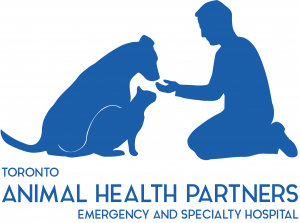A DAY IN THE LIFE OF AN ICU SPECIALIST
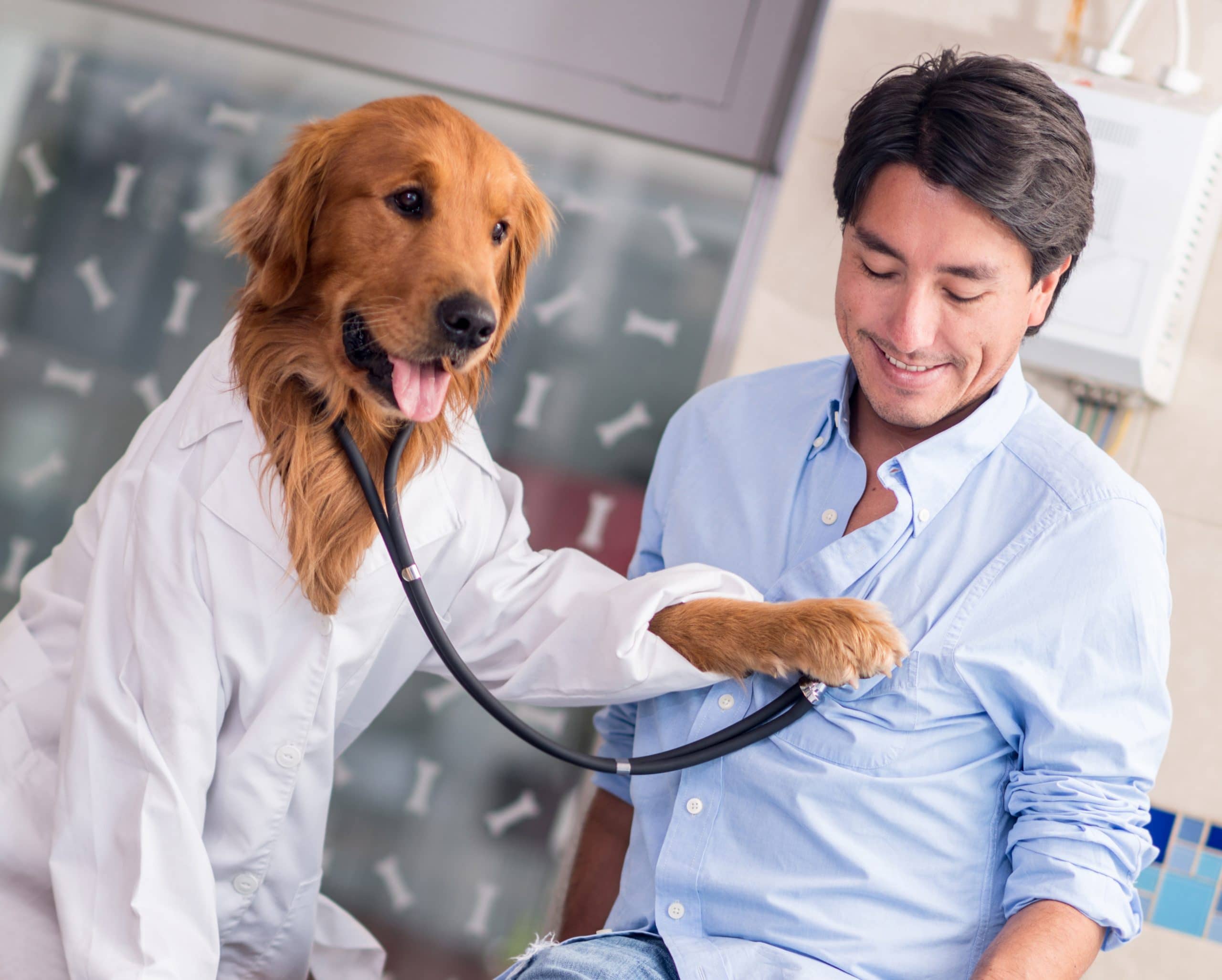
Written by Dr. Dawn Crandell,
DVM, DVSc, DAVCECC, CTC

I don my scrubs and stethoscope, and in the age of Covid-19, masked. I head into the ICU to see what awaits. The overnight nurses are finishing their shifts, tired and looking forward to a deserved quiet sleep – but first, details on how my patients progressed overnight.
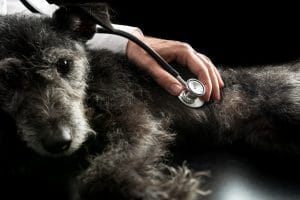
The scruffy black little terrier in the corner kennel is recovering from surgery; she suffered trauma to her belly and chest after being attacked by a big dog who escaped from the front door. She was seen and stabilized by our emergency service team, then assessed by our surgeon who agreed she needed emergency surgery. The anesthesiologist shepherded her safely through a tricky anesthesia. The surgeon carefully patched up her belly wall and put a tube in her chest to drain the infection and keep it free from air leaks, and then she was wheeled into the ICU for us to continue her care. When I left last night, she was on three different pain medications, oxygen and antibiotics and needed her chest tube monitored and emptied. My nurses report her oxygen levels are great, she was able to sleep and even wagged her tail when they approached; a great sign she is on the right track. I had put her on some anti-anxiety medications to relieve her separation anxiety and am pleased to see she is calm.
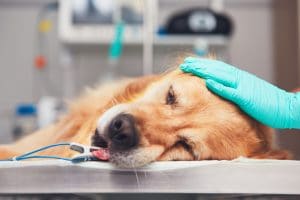
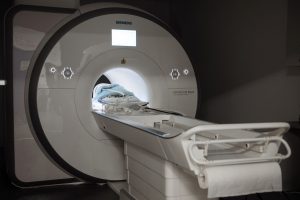
I see a sad looking Golden Retriever in the large kennel next door, a new case. The overnight emergency doctor comes to speak with me about her; her owners were worried because she was sluggish and quiet the day before, then collapsed on her walk. When the ER doctors saw her late last night, they noted she had pale gums and a high heart rate. They used a portable ultrasound machine to look in her belly suspecting some bleeding in there and they were right. They checked her blood to make sure she didn’t have a clotting problem, hoping against hope that maybe she did. Because you see, a rat poison problem that prevents blood from clotting is something we can fix. But her clotting times were normal. So instead we fear she may have a common tumour called hemangiosarcoma on her spleen or liver that is slowly but steadily oozing into her belly.
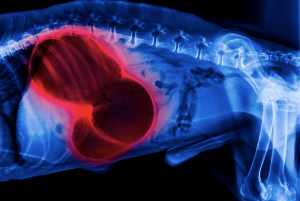
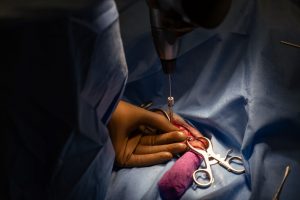
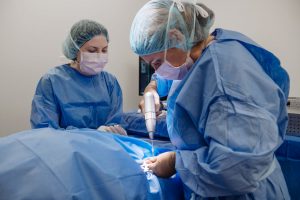
She got a blood transfusion which helped brighten up, but she needs a full ultrasound or CT scan this morning to look for cancer. I don’t relish the difficult conversation I will have to have with her owners, explaining to them this could be a really tough problem for their beautiful girl. The ER doc tells me the dog is owned by a lovely family with an 8 year old boy with developmental delays; the dog means everything to him, and my heart breaks more than a little about the potential bad news they might face.
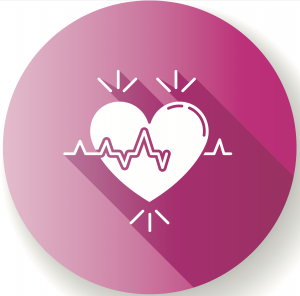
My attention turns to the little white poodle in another kennel, hooked up to an ECG which is reading a dangerously fast heart rate of 280. The poodle’s muzzle is blackened with activated charcoal, a telltale sign of treatment for toxin ingestion. Sure enough, this little monkey came in last night because he chowed down on a K-cup pod he stole from the garbage and had enough caffeine in his system to power a tower full of groggy office-workers. I reviewed his case quickly and ordered an increase in propranolol, the medication used to counteract the caffeine until he can get rid of it from his body. He was newly adopted by this first-time dog owner, and she had just received a hard lesson on how a dog can get into trouble faster than a toddler on steroids.
There is a cat who can’t breathe and has nasal oxygen – he hates it and keeps ripping it out. I adjust the rate, so it is more comfortable for him, order some sedatives and make a mental note to review his case quickly. The dog who ate a barbeque skewer that punctured through his stomach, then worked its way up to his chest is finally well enough to go home after an extensive hospital stay. The seizuring patient had a good night with no more seizures, and his IV medication is being weaned off successfully. Fingers crossed he would hold for the day on his oral medications.
The oncoming ICU nurses get busy with their charges. The animal care attendants start taking patients out for walks, providing food and water and cleaning up the sometimes perpetually soiled kennels. I am amazed how they just laugh and exclaim “Really??!!” When a patient soils the fresh clean bed, they just lovingly made for them. I thank my stars that every one of the staff here really does love the animals and does the dirty work because they care that our patients stay clean, dry, warm and comfy. My hard-earned medical expertise is worth nothing to my patients if they are cold, hungry or sitting on wet, dirty laundry.
I settle down to my routine of reading the overnight notes, doing physical exams, adjusting medications and treatments, ordering labwork, reviewing new results and calling owners, who I know are waiting anxiously at home for some word about their loved pet.
I chat with the surgeon about what cases may need to come into the ICU that day ¬¬– get the lowdown from the overnight ER docs about any difficult cases they admitted that might need my help or advice, and manage the stream of bids for my attention; referring vets looking for updates on the patients they sent over, some advice to a vet who is trying to manage a tough case in Northern Ontario, far away from a referral hospital like ours, owners wanting updates. It’s 2:00 somehow, and I realize lunchtime came and went. I slip outside in the sunshine for a quick bite and quiet moment, away from overhead pages and beeping alarms, letting the nurses know I am just around the corner if a crisis arises.
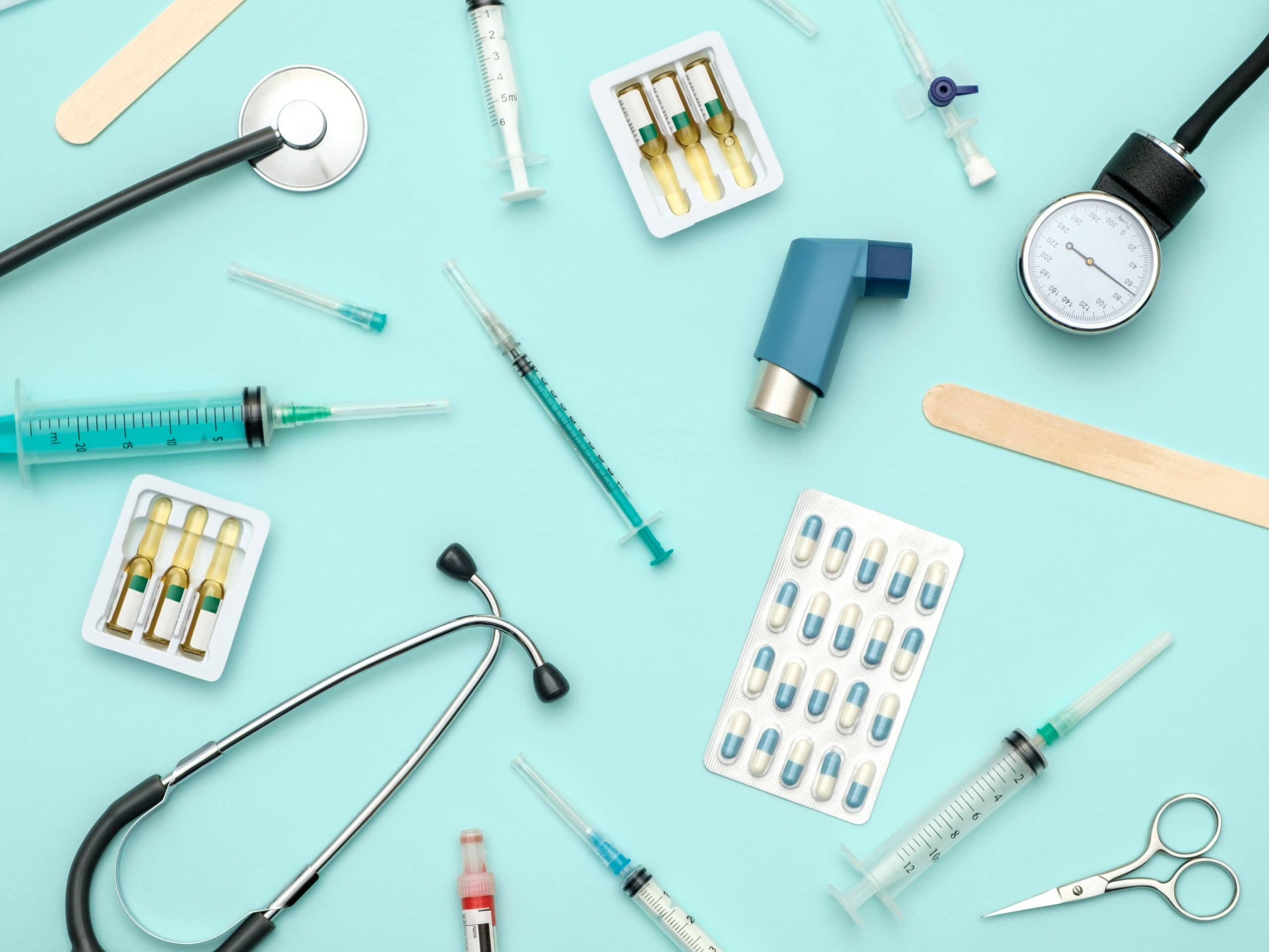
The afternoon passes in a blur. The caffeinated dog is taking a while to recover and I need to reassure the owner all will be well but in the fullness of time; the Golden’s owners need lots of attention to help them through some difficult decisions with what tests to pursue and various possible outcomes; the cat with breathing trouble needs radiographs read, and I need to beg the cardiologist to try to squeeze him in his already overstuffed schedule. A patient comes in from surgery for some close monitoring after a rocky anesthesia and we must shuffle some patients around to make space.
The best part of my afternoon is sending home the dog who ate the barbeque skewer. We took him on a victory tour of the hospital so the numerous people involved in his care could say goodbye. He is a poster child for why I love being on the team in a good referral hospital. He needed everything we had, from a competent overnight ER service, ready to take him in at all hours, a high-tech CT scan to find the skewer that was not visible on plain radiographs or ultrasound, an anesthesia service that could deftly managed his precarious sick physiology, a great surgeon who could handle whatever surgical surprise awaited in his chest and belly and fantastic post-operative care with attention to all the essential details provided by the ICU team I head. We all need a paycheque, but seeing that dog’s exuberant joy on catching sight of his owners, and witnessing their tearful happy grins on finding their furry friend restored to health is, as they say in the MasterCard commercials, priceless.
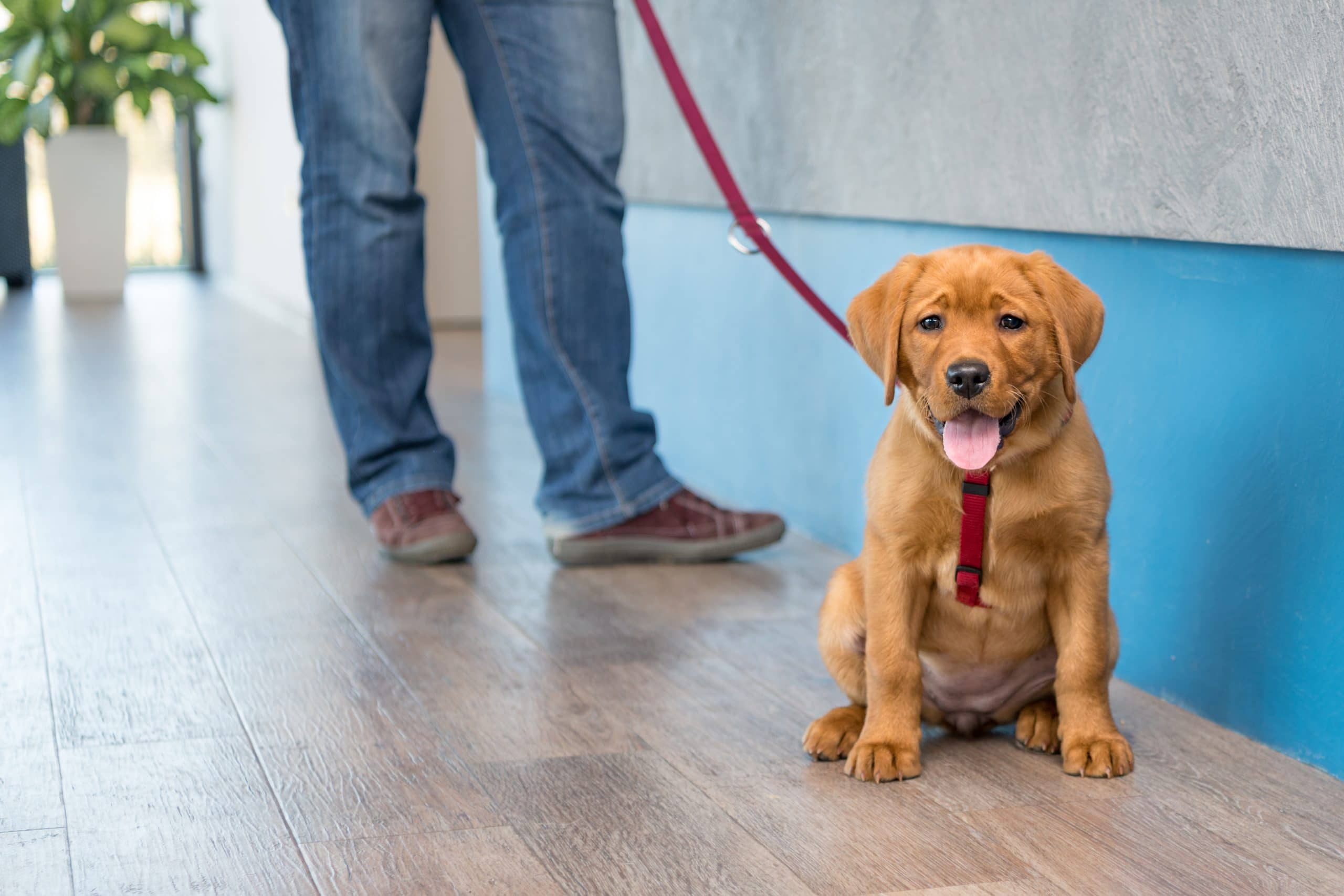
About The Company
Animal Health Partners Toronto is a new veterinary emergency and specialty hospital modeled after best practices in human medicine. Lead by a team of highly qualified veterinary specialists, Animal Health Partners Toronto Emergency and Specialty Hospital is bringing the world’s best practices of private human healthcare to veterinarian care.
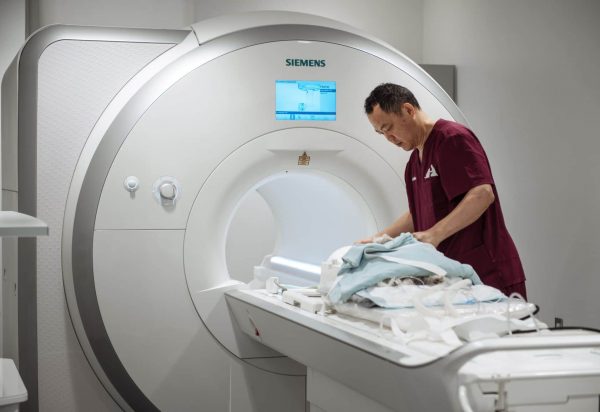
The technical proficiency and medical equipment at Animal Health Partners equals or exceeds that found in sophisticated human hospitals.
Animal Health Partners provides the highest-quality Veterinarian Services in Toronto. Our specialists combine their collective knowledge and skill in the treatment of complex or multifaceted cases. We serve as an extension of your family veterinarian and provide exceptional specialty care by treating our patients as if they were our own pets.
Our Core Values
Quality
At the root of all we do at Animal Health Partners is a commitment to the highest quality of veterinary care. This means that the diagnostic tests we run and the treatments we provide are informed by the best available scientific evidence and implemented by the most highly qualified veterinarians and staff.
Compassion
We understand that the experience of illness and injury can be painful and scary for pets and their owners. We strive to reduce discomfort as much as possible using gentle handling techniques, appropriate pain-management, stress-reducing design features, non-invasive interventions and a continuous emphasis on empathic patient-centered care.
Service
Intrinsic to our goal of providing the highest quality of medicine is providing efficient, courteous, attentive and responsive service to the owners and referring veterinarians that have entrusted us with the care of their pets and patients.
Innovation
Medicine is rapidly evolving. Our technologically advanced institution is equipped to employ and pioneer the most cutting-edge diagnostic and treatment modalities available in veterinary medicine with the goal of improving the quality of care for all patients.
Partnership
High-quality care and optimal patient outcomes rely not on any one individual but on the strength of the connections between many. Ensuring the best possible outcomes for our patients means creating solid partnerships with their owners and referring veterinarians. It also means establishing relationships more broadly with the community, the human medical field and with industry.
